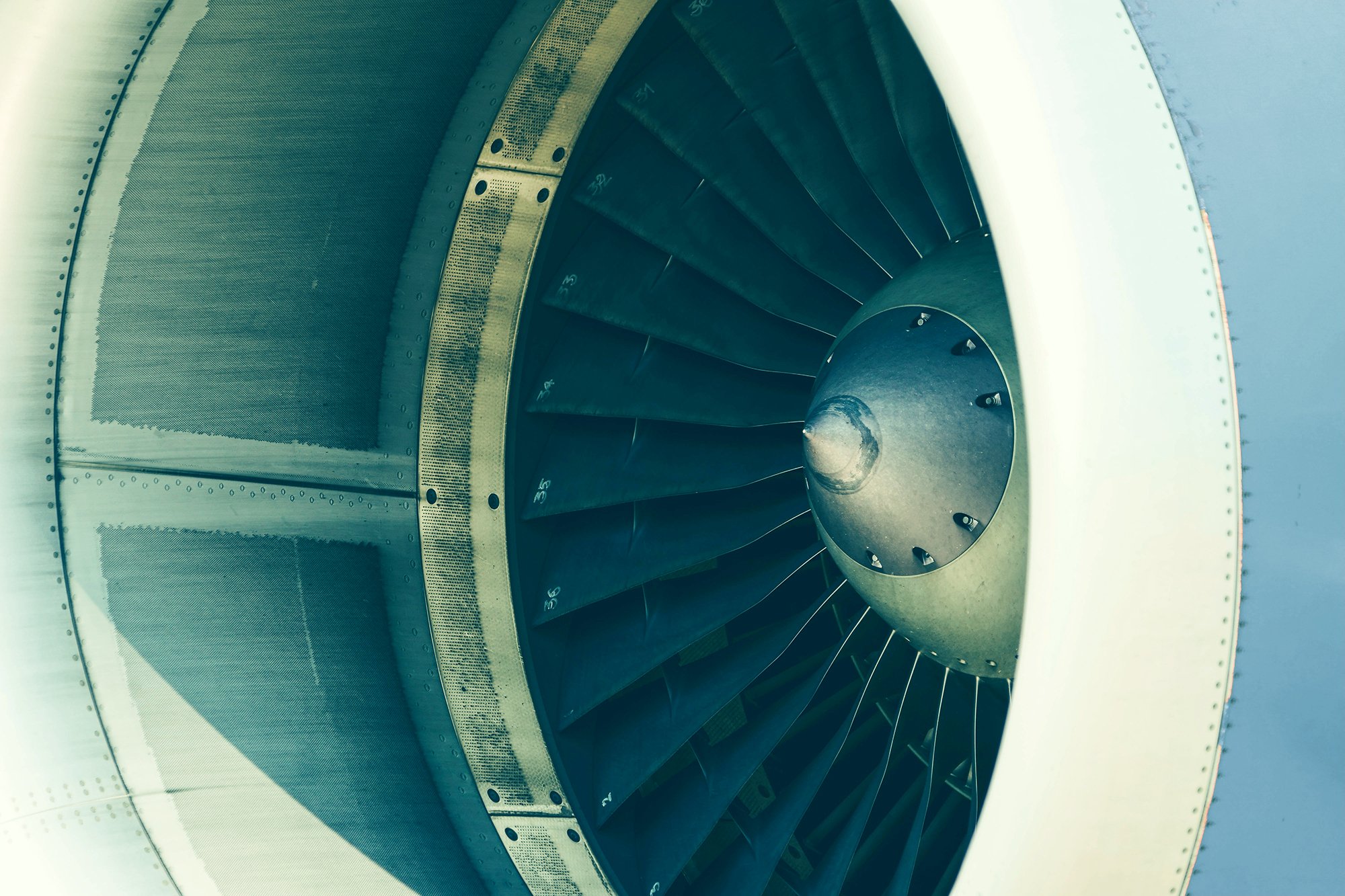
Reducing the climate impact of aviation
HESTIA specifically focuses on increasing the scientific knowledge of the hydrogen-air combustion of future hydrogen-fuelled aero-engines.
Launched in September 2022, the project has received 5 043 800 EUR from the European Union’s Horizon Europe research and innovation programme. It is set to run for a period of 48 months and is coordinated by Safran.
See About
HESTIA gathers 18 universities and research centres, as well as the 6 European aero-engine manufacturers, to significantly prepare, in a coherent and robust manner, for the future development of environmentally friendly combustion chambers.
See Consortium.
Project progress (2022-2025)
As we are now two-thirds of the way through the project, this milestone is an opportunity to take a look back and contemplate what has been achieved so far:
Fundamental studies have brought a better understanding of H2/air combustion. In particular, new modeling techniques have unlocked advanced multi-physics simulations adapted for the specificity of hydrogen, which, in turn, enables us to better capture relevant phenomena, e.g. flame stabilization, pollutants, etc.
Numerous lab-scale test rigs have been commissioned and are up and running. They are being used to test a wide variety of promising injectors. These experimental results are of utter importance from a technological perspective but also constitute a pillar against which models and simulations can now be validated.
New diagnostics, new tools and, in general, best engineering practices have been transposed to hydrogen.
New injectors, whether incremental improvements or breakthrough technologies, and new archetypes of flames have been thoroughly investigated.
Looking at what lies ahead of us, we need to build upon these strong results to :
Build extensive experimental databases for different flame configurations.
Finish the validation of numerical tools.
Perform a cross-comparison of the different H2 injection concepts regarding some key specifications and identify the injector technologies that can provide a significant reduction of NOX emissions in the future.
And, last but not least, beginning at the TRL3 milestone that will be reached at the end of HESTIA, prepare a roadmap to further mature H2 combustion technologies and pave the way to make H2-burn gas turbines a reality.
Recent News









